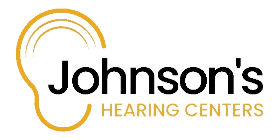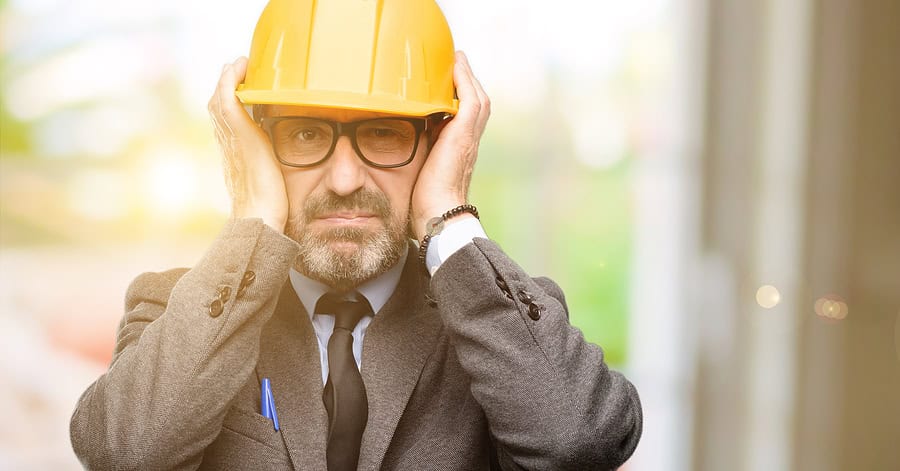Understanding the effects of noise pollution on hearing health begins with recognizing its prevalence in our daily lives. Common sources include traffic, construction sites, and even household appliances like blenders and hairdryers. While these noises might seem harmless initially, continuous exposure can significantly increase the risk of hearing loss.
Noise pollution, defined as the propagation of unwanted or harmful sounds above 65 decibels, disrupts the natural balance of our environment. It can be steady, like the hum of a generator, or sudden, such as the blare of a car horn. Both types have the potential to damage hearing over time. By learning about noise sources, individuals and their support networks can better manage exposure and protect their hearing health.
How Noise Pollution Affects Hearing
Noise pollution affects hearing by damaging the sensitive hair cells in the inner ear. These cells are responsible for converting sound waves into electrical signals that the brain interprets as sound. However, when exposed to loud noises, the hair cells can become overstressed and damaged, leading to hearing loss.
This damage affects the ability to understand speech, particularly in noisy environments, and it can cause tinnitus, a condition characterized by constant ringing or buzzing in the ears. Over time, repeated exposure to loud noise without proper protection can result in permanent hearing impairment.
Long-term Effects on Hearing Health
The long-term effects of noise pollution can be profound and sometimes irreversible. Constant exposure to high noise levels may result in permanent hearing loss, a condition often accompanied by ringing in the ears, known as tinnitus. Hearing loss can impact communication, leading to social isolation and a decline in quality of life.
Living with noise-induced hearing loss can be challenging. Social interactions become difficult as background noise interferes with the ability to follow conversations. This can lead to frustration, withdrawal from social situations, and even depression. Understanding these implications underscores the importance of taking preventive measures to protect hearing.
Identifying Sources of Excessive Noise
To control these effects, identifying sources of excessive noise is key. Everyday settings, such as concerts, sporting events, and even the workplace, can contribute to noise exposure. By understanding the sources, individuals can take proactive steps to protect their hearing health.
For instance, loud music at events or personal audio devices set at high volumes can significantly impact hearing, and wearing earplugs to reduce the volume is recommended. Similarly, workplaces with industrial machinery or construction zones expose workers to continual noise hazards, so they should use earplugs or ear muffs to block most or all of the noise.
Strategies for Protecting Hearing
Fortunately, there are several practical strategies to guard against noise pollution. Using earplugs or noise-canceling headphones in loud environments can significantly reduce exposure. Also, limiting the volume of personal audio devices and taking regular breaks in quieter settings can help preserve hearing.
Prioritize regular checkups as they can detect any early signs of hearing damage, enabling timely intervention. Educating oneself about safe listening practices and proactively shielding ears against loud noises are key steps in preserving hearing health for the long term.
The Importance of Professional Support
It’s important for individuals experiencing symptoms of hearing loss to seek support from hearing health professionals. Early intervention can improve outcomes and increase the effectiveness of any subsequent treatments. Recognizing the signs early allows for timely action, ultimately enhancing quality of life and communication with loved ones.
Hearing health professionals can provide valuable advice and tools to manage hearing loss effectively. Support networks, including friends, family, and community groups, play a major role in this journey. They offer emotional support and practical help, ensuring that individuals do not face these challenges alone.


